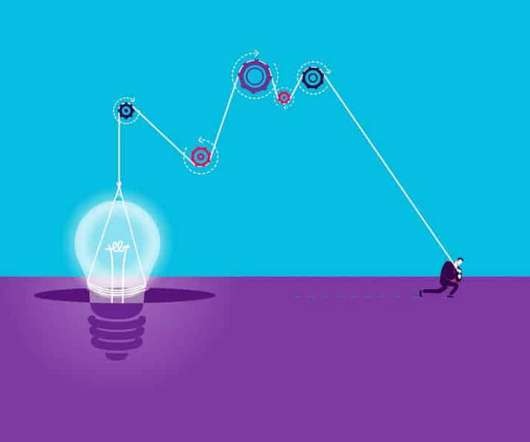Synchronous Learning: Advantages & Disadvantages
eLearningMind
JUNE 24, 2022
With school closures and employees working remotely due to the pandemic, the face-to-face element in synchronous learning has taken a hiatus: learners are interacting with their instructors and peers in real-time through technology, including video conferences, via applications such as Zoom, online webinars, and podcasts.
















Let's personalize your content